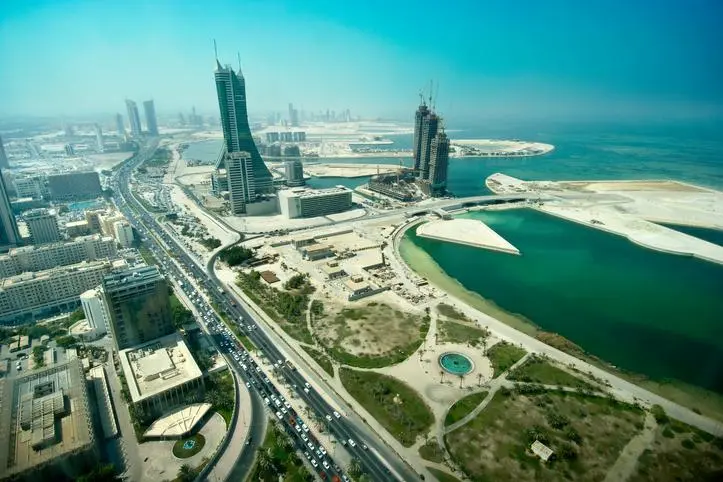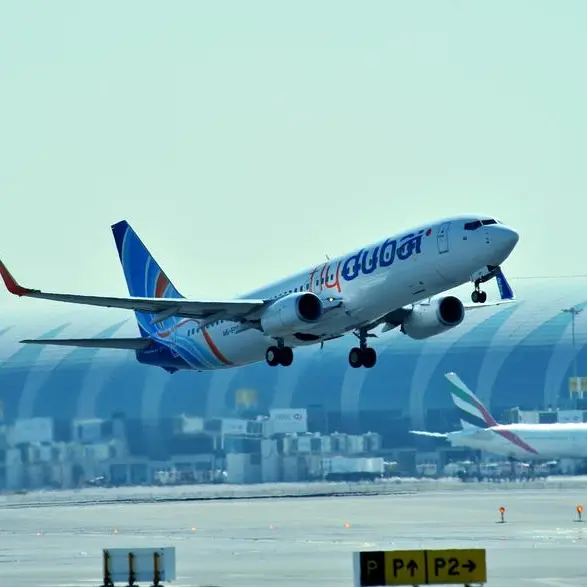PHOTO
Bahrain has unveiled a series of new infrastructure initiatives in a bid to bolster current transport capacity and fuel the country’s wider economic growth.
On June 24 Bahrain’s Ministry of Works launched stage one of the $62m Sheikh Zayed Highway extension.
The development, to be carried out by the UAE’s Western Bainoona Group and financed by the Gulf Development Fund, will help reduce congestion along the route by increasing the road’s capacity from 50,000 to 80,000 vehicles per day.
The announcement came a week after the news that road works for two separate projects, the Budaiya and Janabiya Highways, are expected to start later this year, following a five-year delay. The projects will cost $80m and will improve connections in Bahrain’s north-west.
These developments form part of Bahrain’s recent infrastructure drive, with six new developments worth BD44m ($117m), among them a major sewage project, announced in April and May, followed by the inauguration in mid-June of a 12-km, 220-KV power line between the country’s northern Seef District and Prince Salman City in the north-west.
The line will help increase power supply between key industrial and residential areas, and forms part of a broader $1.2bn power infrastructure plan that foresees the construction of 15 220-KV substations and 48 66-KV substations.
Projects central to long-term economic plan
The launch and inauguration of these projects aligns with government efforts to place infrastructure development at the centre of long-term growth.
With the kingdom looking to diversify its economy away from hydrocarbons revenue as part of the country’s development plan, Bahrain Economic Vision 2030, new projects are expected to provide significant investment and employment opportunities.
Bahrain has outlined a $32.5bn infrastructure pipeline, which consists of developments in transport, mixed-use real estate, manufacturing, tourism and health care.
Major projects include the $1.1bn modernisation of Bahrain International Airport and the construction of a second causeway linking the country to Saudi Arabia.
The pipeline will be financed by a combination of $10bn in government funding, $7.5bn in assistance from regional partners Saudi Arabia, the UAE and Kuwait through the Gulf Development Fund, and $15bn from the private sector.
In a positive sign for Bahrain and its attractiveness as an investment destination, foreign direct investment increased by 6% last year to $1.5bn, according to the UN’s “World Investment Report 2019”, with the largest slice of private investment coming from Saudi Arabia, at $745m.
Meanwhile, the infrastructure focus has translated into significant growth in construction. According to the Ministry of Finance and National Economy, the sector, which makes up 7.3% of GDP, expanded by 5.6% last year.
This was far higher than the broader non-oil sector’s 2.5% growth and the 1.7% increase recorded by the sector in 2017.
Growth prospects look strong amid fiscal overhaul
The expansion of the construction sector and plan to use infrastructure development as a key driver of growth has been underpinned by a positive performance in the broader economy.
According to data published by the Information and eGovernment Authority, GDP expanded by 2.7% year-on-year in the first quarter of 2019, consisting of a 9.2% increase in the oil sector and a 1.2% rise in non-oil GDP.
The figures, which are above last year’s full-year growth rate of 1.8%, are the first economic indicators to be released since the kingdom approved the details of its 2019 and 2020 budgets in late February.
The fiscal overhaul includes a series of spending cuts, revenue-raising measures, such as the introduction of a 5% value-added tax on January 1, and funding from regional partners. It is designed to slash the country’s deficit – calculated at 11.7% of GDP last year – and return the budget to surplus by 2022.
Despite the efforts to tighten public spending, outlays for investment projects were maintained over the two-year budgetary cycle at $1.8bn per year.
The approach appears to have been received well internationally, with ratings agency S&P Global predicting average annual growth of 2.4% through to 2022.
© Oxford Business Group 2019











